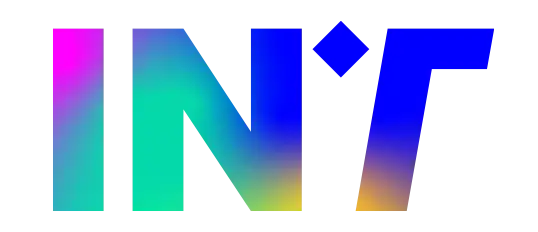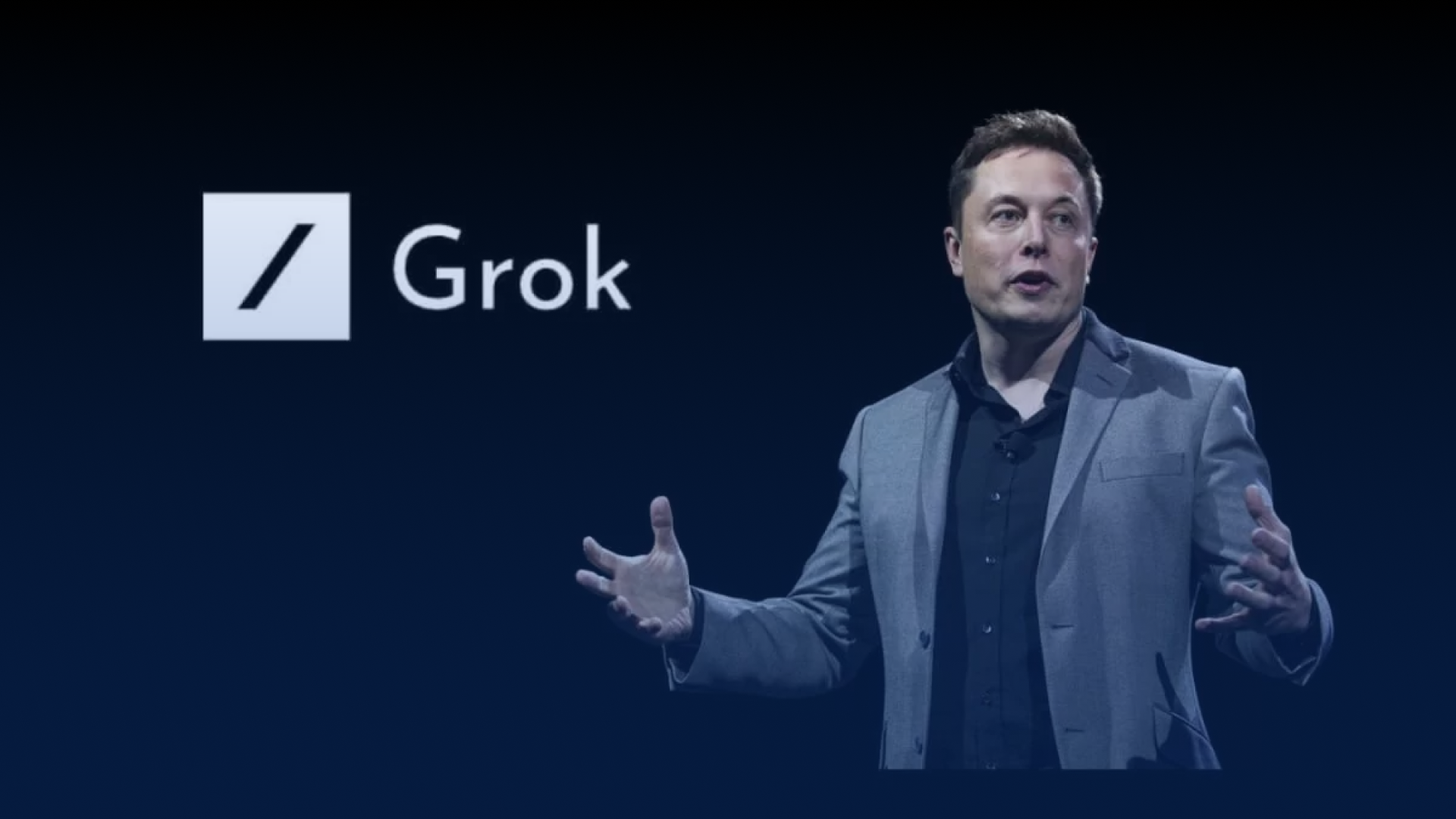For more than three years, AI has taken the world by storm, revolutionising fields such as communication, content creation and scientific research. But, according to Elon Musk, the euphoria of technological progress could be held back by a fundamental deficiency: the data needed to train artificial intelligence models. At CES 2025, the billionaire and CEO of xAI made a bold statement, stating that the world has already run out of man-made data for AI training, and that this shortage has become a serious problem as early as last year.
Musk’s statement: “The data is finished”
Elon Musk revealed this disturbing truth during an interview with Mark Penn, CEO of Stagwell, who interviewed him about the future of artificial intelligence and how xAI is trying to face the challenge. Although xAI is a relatively young company, with less than two years of operation, Musk’s statement sounds like a wake-up call for the entire sector.
According to Musk, the need for data to power AI has become a critical bottleneck, with a saturation of available data for model training. This view is shared by other experts, such as OpenAI researcher Ilya Sutskever, who had already anticipated that the industry had reached the “data peak” last year, suggesting that there is no longer room for new data to be collected in sufficient quantities to support the growth of AI.
Musk’s solution: synthetic data and self-learning
To address this deficiency, Musk proposed an innovative solution: use synthetic data, that is data generated by the AI itself to train its models. In practice, artificial intelligence would be able to self-generate data, pushing the model towards a process of “self-learning”. This approach could allow AI systems to improve without relying solely on man-made data.
Musk’s idea is not completely new. Big names in the industry, such as Google, OpenAI and Meta, are already exploring the use of self-learning techniques and synthetic data generation to bridge the data gap. Using advanced algorithms such as antagonistic generative networks (GAN), it is possible to create datasets that reflect the characteristics of real data, allowing models to continue improving even without new information coming from the outside world.
xAI Grok: an example of cutting-edge artificial intelligence
Musk also spoke about the work xAI is doing with its chatbot Grok, an advanced artificial intelligence designed for user interaction. Grok was developed as one of the main applications of xAI AI, and is known for its “impertinent” and “omnipotent” approach. However, Grok has sparked some controversy among users, who have noticed similarities in the output with that generated by ChatGPT, the popular chatbot of OpenAI. Some have raised the suspicion that xAI is using OpenAI code, but Musk has always argued for xAI independence.
One of the distinguishing features of Grok, besides its ability to generate advanced responses, is that it is open source. Musk argued that making Grok’s code accessible to third parties could accelerate innovation and improve product quality, challenging more closed practices adopted by other companies. Rivals like Meta, with its Llama model, or Stable Diffusion, have adopted similar strategies, releasing their open source models to allow the community to contribute and refine systems.
Implications for the future of AI
The lack of data for AI training is one of the most pressing challenges facing industry in the coming years. If AI models cannot evolve with access to new data, technological progress may be slowed down. In addition, the generation of synthetic data could bring new challenges, including the quality of the generated data and the risk of bias in models.
Musk, however, seems to have a clear vision on how to deal with this scenario. His “self-learning” proposal could not only overcome the data gap, but also speed up the AI improvement cycle. With xAI, Musk has the opportunity to shape a new era in AI innovation, where model building no longer depends on huge data collections, but also on the ability of systems to “self-learn” and create their own training material.
Ultimately, Musk’s words at CES 2025 highlight a difficult but necessary reality: if we want artificial intelligence to continue evolving, we will have to find creative solutions to fill the data gap. Whether it’s using synthetic data, developing new learning models or collaborating globally, the future of AI depends on meeting this challenge with ingenuity and innovation.






